Photo by: Henoc Kivuye
According to the 2010 census, Caucasian Americans make up 72 percent of the U.S. population, leaving the country with around 28 percent non-white citizens. With an ever-changing face, America’s reflection is distinct in Oklahoma Christian University’s pool of students.
For the last 13 years, the U.S. Census Bureau has collected detailed data on multiracial individuals by allowing people to choose more than one race. Individuals frustrated by the limitations of the racial categories have praised the multiple-race option as a progressive step towards greater racial acceptance and recognition. Although the multiple-race option is still rooted in the categories of separation between races, it allows for self-determination.
“I’m Asian, specifically Korean, an ethnic group that lives in Myanmar,” sophomore May Tun said. “My parents are from Myanmar … but I was born in Thailand. I lived there for 10 years and moved to California. I consider myself Korean-American.”
In today’s seemingly more accepting world, people with complex cultural and ethnic backgrounds are becoming more creative with their labels. Oklahoma Christian recognizes groups such as these in their Third-Culture Kid program.
“I think America has become more diverse,” Missionary in Resident Kent Hartman said. “But I know there are some people that don’t want to take [the concept of an increasingly diverse population] onboard. We want to have an American culture and I think that’s a good thing but we shouldn’t exclude other cultures.”
The TCK program started in 2002 after Hartman and his wife moved from Australia to the United States.
“We saw the challenges our children were having,” Hartman said, “So we began to read and learn more about TCKs and then we were invited to come here to Oklahoma Christian in January of 2002 …we got started by filling a personal need and then realizing that there were probably other students that we could help as well.”
This program allows a wider variety of students to acclimate to the American culture and not only expand their own worldviews, but also those of others.
“Diversity on a college campus means a lot of different things,” Director of Admissions and Recruiting Michael Mitchell said. “It’s about embracing a variety of perspectives. Part of what students are paying for when they pay tuition at OC is exposure to new ideas, new cultures, new ways of seeing the world, etc. The more diverse our campus is, the more rich students’ experiences are in those ways.”
Mitchell said that Oklahoma Christian has 34 percent diversity in its student body this year, which is an increase of 15 percent over the past six years.
“As our country becomes more and more diverse, I see us becoming increasingly diverse in almost every way,” Mitchell said. “If we do not, it will hurt us as a university in the long-term.”
According to an article by National Geographic, “The Changing Face of America,” our expectations for what people look like are being challenged in today’s culture.
“We look and wonder because what we see – and our curiosity – speaks volumes about our country’s past, its present and the promise and peril of its future,” the article stated.
“I see diversity everywhere,” Natalie Nalley, student development residence hall director, said. “People tend to focus on the visual changing face of America, but even when people look the same, they may think and act very differently based on their experiences.”
Having large numbers of students with various backgrounds allows the college to expand each student’s worldview just by close contact.
Unfortunately, segregation between groups in schools, churches and neighborhoods are natural occurrences. A college campus, on the other hand, is like opening the door to the entire world without actually traveling anywhere.
Exposure to diversity could help prepare students for future success in a career. Part of being successful is the ability to work with people from a variety of backgrounds and cultures.
With such a diverse workforce in America, getting this experience in college could help students acclimate quicker to the world after graduation.
“[Diversity] is also, for the rest of us, an opportunity,” the National Geographic article said. “If we can’t slot people into familiar categories, perhaps we’ll be forced to reconsider definitions of race and identity, presumptions about who is ‘us’ and who is ‘them’.”

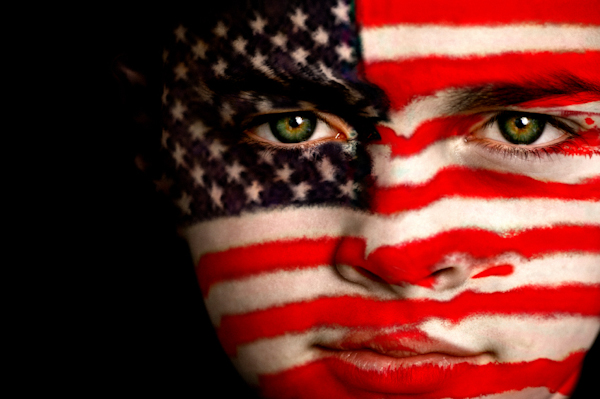





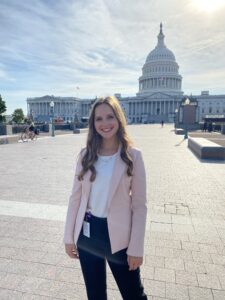

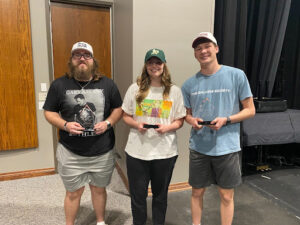

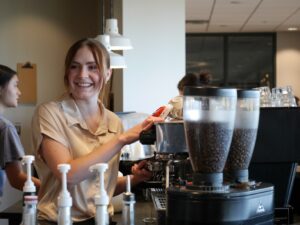
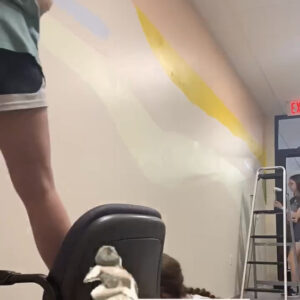
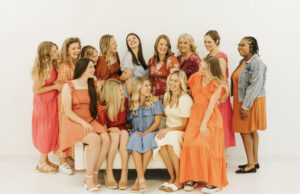

Be First to Comment